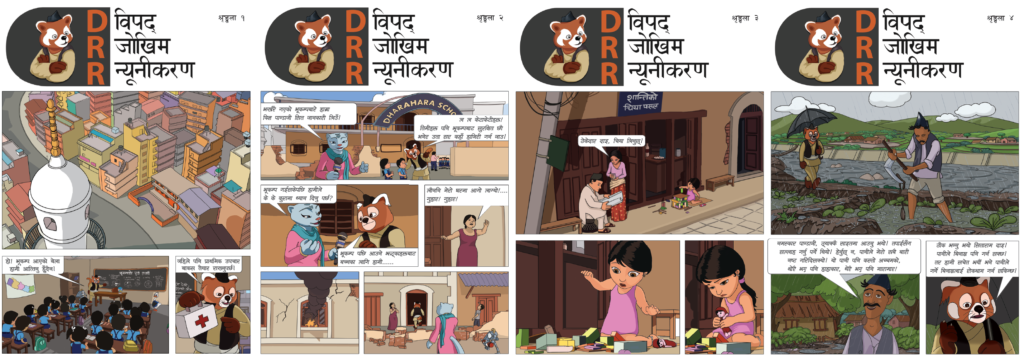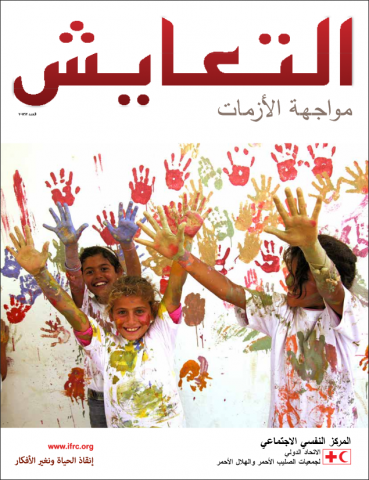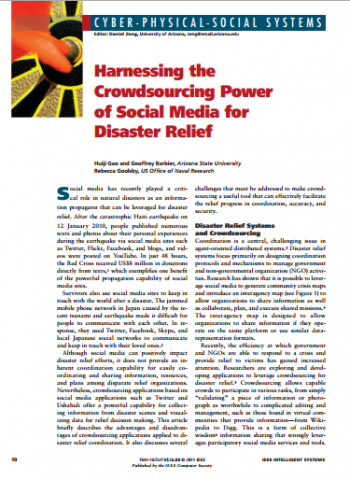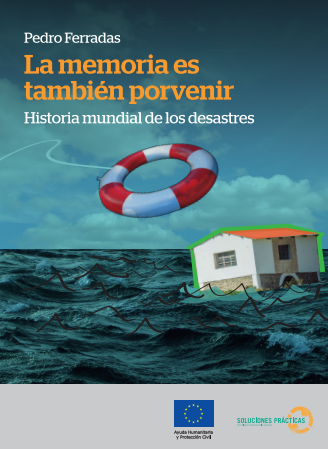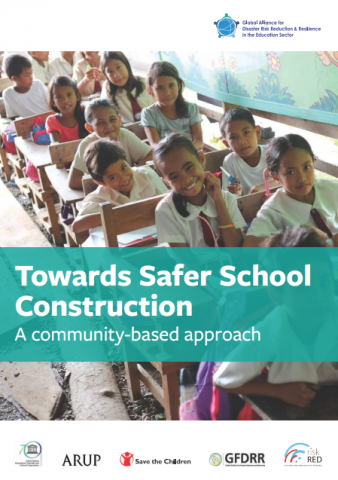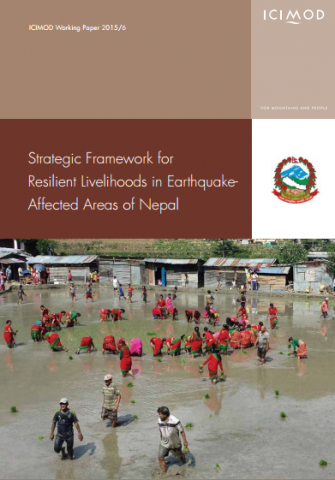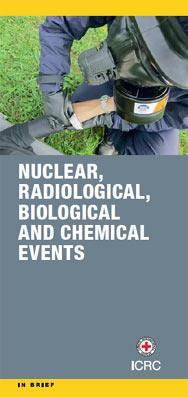Staying Safe – Building Resilience with Hunter and Eve
Building Resilience with Hunter and Eve is an animated series featuring a young fox (Hunter) and owl (Eve) who together learn how to be resilient and cope with disasters and emergencies. Each episode of this series focuses on one important skill (for example staying safe, keeping calm, solving problems) and provides clear steps toward achieving […]
Staying Safe – Building Resilience with Hunter and Eve Read More »

